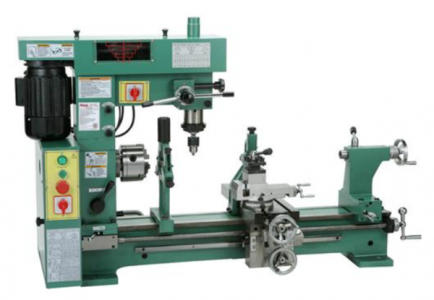Hi everybody,
I consider myself an absolute beginner (I only had used a lathe a few times in high school).
I am considering buying my first machine, but I have a very limited space available and a budget of about 2500$.
I would like to be able to perform both milling and turning jobs, so at first, my idea was to buy a 3-in-1 like a Smithy Midas 1220LTD. I have however read that the mill is not very rigid and this could considerably lower the quality of the results.
Would buying a mill and a (vertical) rotary table be a better choice or not? Why?
Will be there some jobs that I will not be able to do with this setup?
Thank you and Regards!
I consider myself an absolute beginner (I only had used a lathe a few times in high school).
I am considering buying my first machine, but I have a very limited space available and a budget of about 2500$.
I would like to be able to perform both milling and turning jobs, so at first, my idea was to buy a 3-in-1 like a Smithy Midas 1220LTD. I have however read that the mill is not very rigid and this could considerably lower the quality of the results.
Would buying a mill and a (vertical) rotary table be a better choice or not? Why?
Will be there some jobs that I will not be able to do with this setup?
Thank you and Regards!


